Filter by category:
Filter by group:
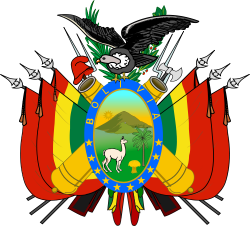 | Coat of arms of Bolivia The coat of arms of Bolivia has a central cartouche surrounded by Bolivian flags, muskets, laurel branches, and has an Andean condor on top. |
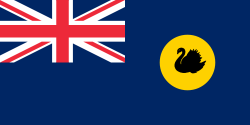 | Flag of Western Australia The current state flag of Western Australia was officially adopted by the government of Western Australia in 1953. |
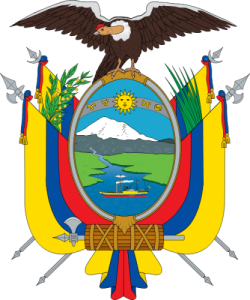 | Coat of arms of Ecuador The coat of arms of Ecuador (Spanish: Escudo de armas del Ecuador) in its current form was established in 1900 based on an older version of 1845. |
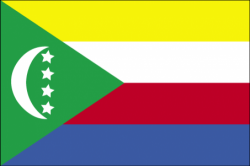 | Flag of Comoros The current flag of the Union of Comoros (officially French: Union des Comores Arabic: الاتّحاد القمريّ, al-Ittiḥādd al-Qamariyy) was designed in 2001 and officially adopted on 7 January 2002. It con… |
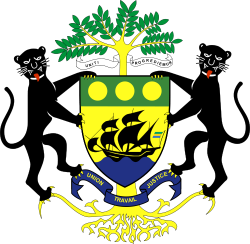 | Coat of arms of Gabon The coat of arms of Gabon was designed by the Swiss heraldist and vexillologist Louis Mühlemann, one of the founding members of the FIAV and also designer of the former coat of arms of Congo. It has … |
 | Government Seal of Japan The Government Seal of Japan, also called the Paulownia Seal (桐紋 kirimon?) or Paulownia Flower Seal (桐花紋 tōkamon?), is a mon or a crest used by the Cabinet of Japan and the Government of Japan on off… |
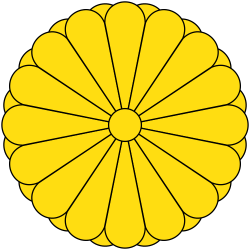 | Imperial Seal of Japan The Imperial Seal of Japan, also called the Chrysanthemum Seal (菊紋 kikumon?) or Chrysanthemum Flower Seal (菊花紋, 菊花紋章 kikukamon, kikukamonshō?), is a mon or crest used by members of the Japanese Imper… |
 | Angle Indicates an angle. |
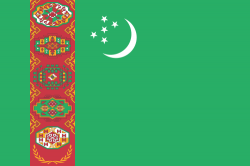 | Flag of Turkmenistan The flag of Turkmenistan (Russian: Флаг Туркмении,Turkmen: Türkmenistanyň baýdagy) was adopted on January 24, 2001. |
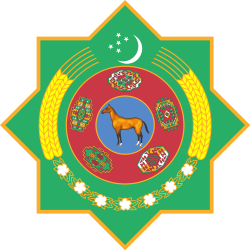 | Emblem of Turkmenistan The State Emblem of Turkmenistan was created after Turkmenistan gained independence from the Soviet Union in 1991 |
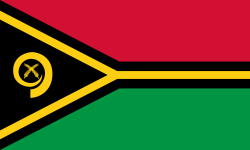 | Flag of Vanuatu The flag of Vanuatu was adopted on February 13, 1980. When the Vanua'aku Party led the country to independence as Vanuatu in 1980, the colors of the party flag - red, green, black and yellow - were … |
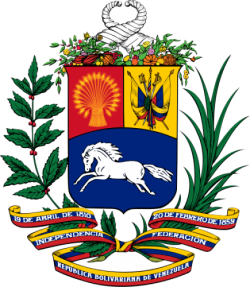 | Coat of arms of Venezuela The current coat of arms of Venezuela was primarily approved by the Congress on April 18, 1836, undergoing small modifications through history, reaching the present version. |
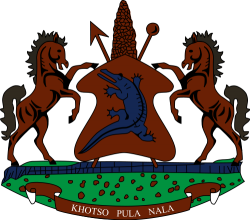 | Coat of arms of Lesotho The coat of arms of Lesotho was adopted on 4 October 1966 following independence. |
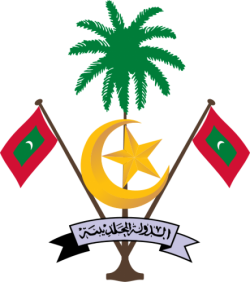 | Emblem of Maldives The Maldivian National Emblem consists of a coconut palm, a crescent, and two criss-crossing National Flags with the traditional Title of the State. |
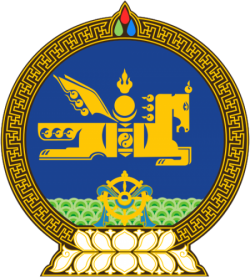 | Emblem of Mongolia The state emblem of Mongolia (Mongolian: Монгол улсын төрийн сүлд, Mongol ulsyn t |
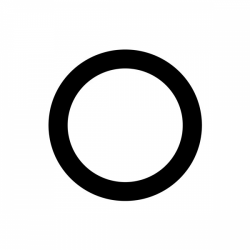 | Circle A circle is a simple shape of Euclidean geometry that is the set of all points in a plane that are at a given distance from a given point, the centre. The distance between any of the points and the c… |
 | Apple Logo Apple's first logo, designed by Ron Wayne, depicts Sir Isaac Newton sitting under an apple tree. It was almost immediately replaced by Rob Janoff's "rainbow Apple", the now-familiar rainbow-colored s… |
 | Vertical Bar The vertical bar (|) is a character with various uses in mathematics, computing, and typography. It may be called by various other names including the polon, pipe (by the Unix community, referring t… |
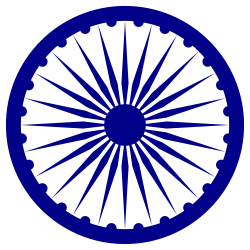 | Ashoka Chakra The Ashoka Chakra is a depiction of the Buddhist Dharmachakra, represented with 24 spokes. It is so called because it appears on a number of edicts of Ashoka, most prominent among which is the Lion C… |
 | The Prada Logo Prada is an Italian luxury fashion house, specialized ready-to-wear, leather and fashion accessories, shoes, luggage, perfumes, watches etc., founded in 1913 by Mario Prada. |
 | Viva! While the letter "W" is not considered part of the standard Italian alphabet, the character is often used in place of Viva (hooray for...). |
 | Warner Bros. The Warner Bros. logo, the WB founders initials in a shield, has played a vital role in the company’s prominence and promotion. |
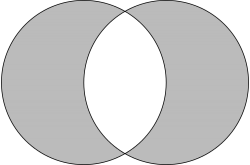 | Vesica piscis The vesica piscis is a shape that is the intersection of two circles with the same radius, intersecting in such a way that the center of each circle lies on the perimeter of the other. The name liter… |
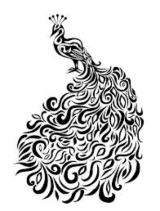 | Peacock Although indigenous to the Indian sub-continent, the peacock has spread far beyond its native land and acquired symbolic meaning in a number of diverse cultures. |
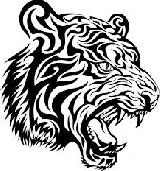 | Tiger In parts of Asia, the tiger supplants the lion as the so-called “King of Beasts”. Its ferocity and majestic appearance have given it important symbolic meaning in cultures throughout the continent. |

